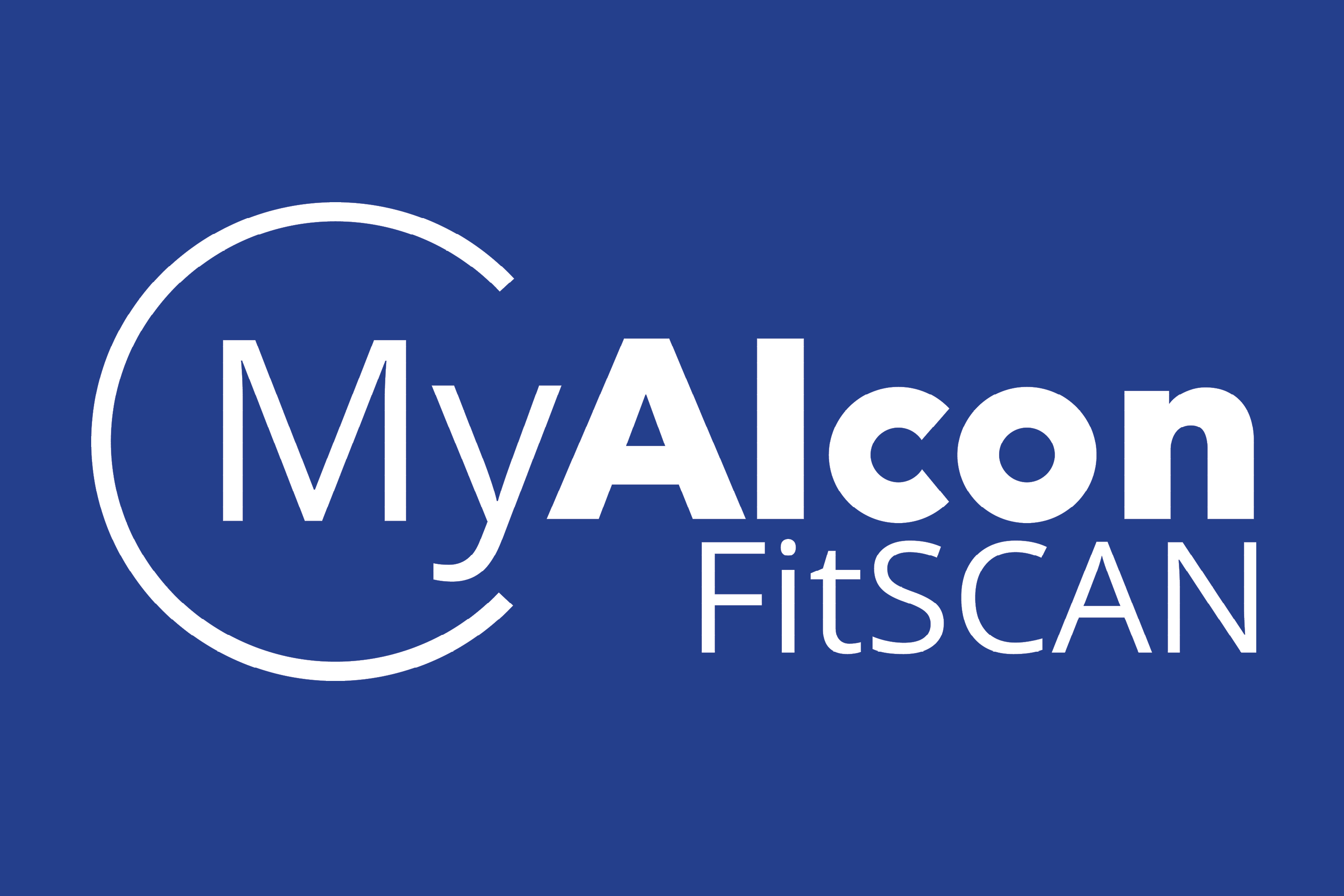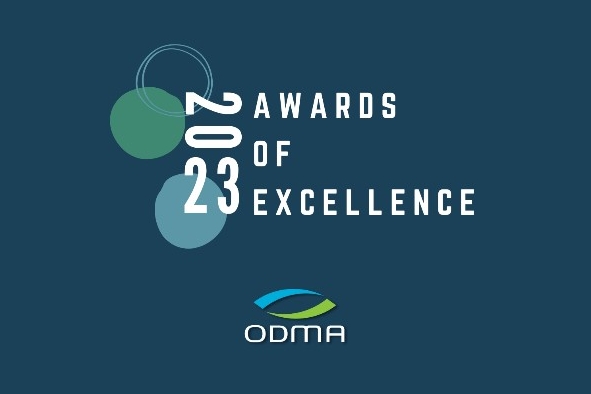Business after Covid-19: our new normal
The Covid-19 pandemic will likely change the way we do business for a long time to come. For most businesses’ turnover is down and owners are having to deal with an environment that is constantly changing, affecting inventory requirements (especially those reliant on imports) and staffing capacity. Maintaining profitability or, in some cases viability and liquidity, can prove challenging. Here are some key elements to increase the likelihood of success.
Short-term cash flow forecast
Prepare a 13-week cash flow forecast. This is often an eye-opening exercise and will effectively capture most entities' business cycles. The forecast will help navigate stormy waters in the near-term, as it will highlight shortfalls in necessary cash balances. Maintaining an up-to-date forecast will allow you to easily identify if and when there is an upcoming risk of running out of cash and will reveal if borrowing requirements fall short of actual availability from credit lines. You will need to ensure any forecast is subject to regular revisions in light of Covid-19 and its ongoing impact on the market.
Being in a position to identify when cash may be short puts you on the front foot to source more capital or organise new payment arrangements for extended loan facilities, tax payment plans, starting conversations about supplier arrangements and/or liaising with landlords regarding rent relief.
Monitor actual against forecast
Cash is king! A business can be reporting profits but still have trouble meeting current obligations to lenders and key creditors. Having accurate, monthly financial statements can prove invaluable in keeping on top of where your cash flow is at in real time. This also helps you to fully utilise short-term cash flow to its full capacity, allowing you to identify problems that may develop as patients become slower to pay or don't pay at all. Some problems may also not be immediately recognised, including changes in product/service demands, increasing overhead costs, use of obsolete pricing methods or increasing competition due to industry adaptation.
Where possible review all non-essential expenses and capital projects to identify opportunities to free up cash surpluses quickly if needed. Reviewing inventory levels cannot be underestimated as post-Covid optimums may be quite different to pre-Covid optimums and these changes may also free up working capital. Finally, ensure your patients clearly understand your payment terms which must be targeted at minimising credit terms.
Learning by doing
When faced with great uncertainty, we have three options: remove the uncertainty and proceed; proceed anyway and adjust as necessary; or do nothing. If we assume option one is unrealistic and option three is unacceptable, we’re left with only one option – take action, learn and adapt. The objective of adaptive management is to provide a framework that drives action now, despite uncertainty. The goal is not necessarily a predetermined target, at least not initially, it’s about achieving incremental change: take a small step, reflect, learn, adjust and take another small step.
Adaptation goes past simply responding to disruptive events; it also means seeking out and seizing opportunities created by market forces. At times like this, it’s this sort of iterative decision making that should be the foundation of your strategic planning.
Short-term action plan
The potential output of a short-term action plan should be a succinct, fit-for-purpose plan that prioritises the what, who and when for your business, and can be used as a roadmap in upcoming months as well as a discussion document for sharing with stakeholders. The following areas should be noted:
- Current government rules and requirements for your business
- What you know for certain, what you can be doing now to prepare
- Short-term goals
- SWOT analysis
- Overall solvency
- Working capital needs
- Supply chain continuity, logistics
- Patients and sales
- Employment issues and business structure
- Finance and funding (cashflows, plans etc.)
Ideally, a short-term action plan should focus on a 90-day time period that lends itself to becoming the basis for a reviewed annual plan. It’s important you not only focus on the threats and weaknesses of the current market, but also identify opportunities to reinvent, grow or diversify your business offerings and operating style. While you may not be in the right place financially to take advantage of these now, they could possibly be worked into your long-term, more growth-orientated action plan.
While the above tools will help ensure your business is well placed to adapt to this uncertain operating landscape, it’s paramount the planning put in place is robust and brutally honest. There is no room for rose-coloured glasses here! Remember, your business is there to serve you, not for you to serve it; being aware of what you need to get out of the business will provide direction and guidance for forward momentum.

David Pearson is managing partner of chartered accountants and business advisors BDO Central. He has a special interest in providing advisory services to the optometry sector and extensive experience assisting both small and medium-sized entities. Contact David at david.pearson@bdo.co.nz or visit www.bdo.nz


























